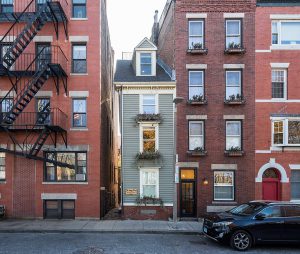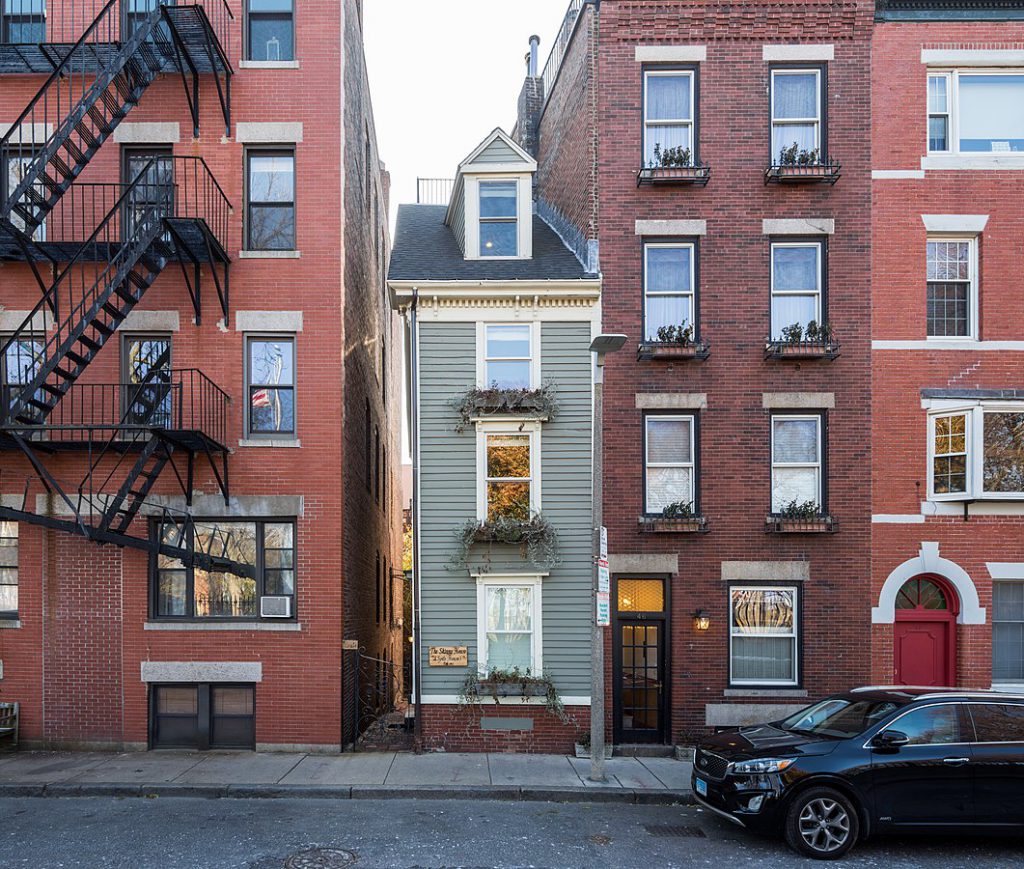
(h/t to Rich Corsi and Paula Olsiewski for sharing this article on Twitter)
I have to admit, while this article falls squarely within our remit of the Microbiology of the Built Environment, it seems a little bit in the obvious category. This is a preprint looking at data from hundreds of SARS-CoV-2 outbreaks in China and categorizing those into different venues where the outbreaks occurred. The basic conclusion was that all identified outbreaks took place in indoor environments. Which is exactly what I think we would expect from a virus that is transmitted by aerosols? Abstract below:
Abstract
Background: By early April 2020, the COVID-19 pandemic had infected nearly one million people and had spread to nearly all countries worldwide. It is essential to understand where and how SARS-CoV-2 is transmitted.
Methods: Case reports were extracted from the local Municipal Health Commissions of 320 prefectural cities (municipalities) in China, not including Hubei province, between 4 January and 11 February 2020. We identified all outbreaks involving three or more cases and reviewed the major characteristics of the enclosed spaces in which the outbreaks were reported and associated indoor environmental issues.
Results: Three hundred and eighteen outbreaks with three or more cases were identified,involving 1245 confirmed cases in 120 prefectural cities. We divided the venues in which the outbreaks occurred into six categories: homes, transport, food, entertainment, shopping, and miscellaneous. Among the identified outbreaks, 53·8% involved three cases, 26·4% involved four cases, and only 1·6% involved ten or more cases. Home outbreaks were the dominant category (254 of 318 outbreaks; 79·9%), followed by transport (108; 34·0%; note that many outbreaks involved more than one venue category). Most home outbreaks involved three to five cases. We identified only a single outbreak in an outdoor environment, which involved two cases.
Conclusions: All identified outbreaks of three or more cases occurred in an indoor environment, which confirms that sharing indoor space is a major SARS-CoV-2 infection risk.

In addition to the usual precautionary steps recommended by the CDC and others, it is also very beneficial to maintain indoor air relative humidity between 40 – 60%!
#COVID19 #RH40to60 #SIXbySIX
Right on Michael Swicki!